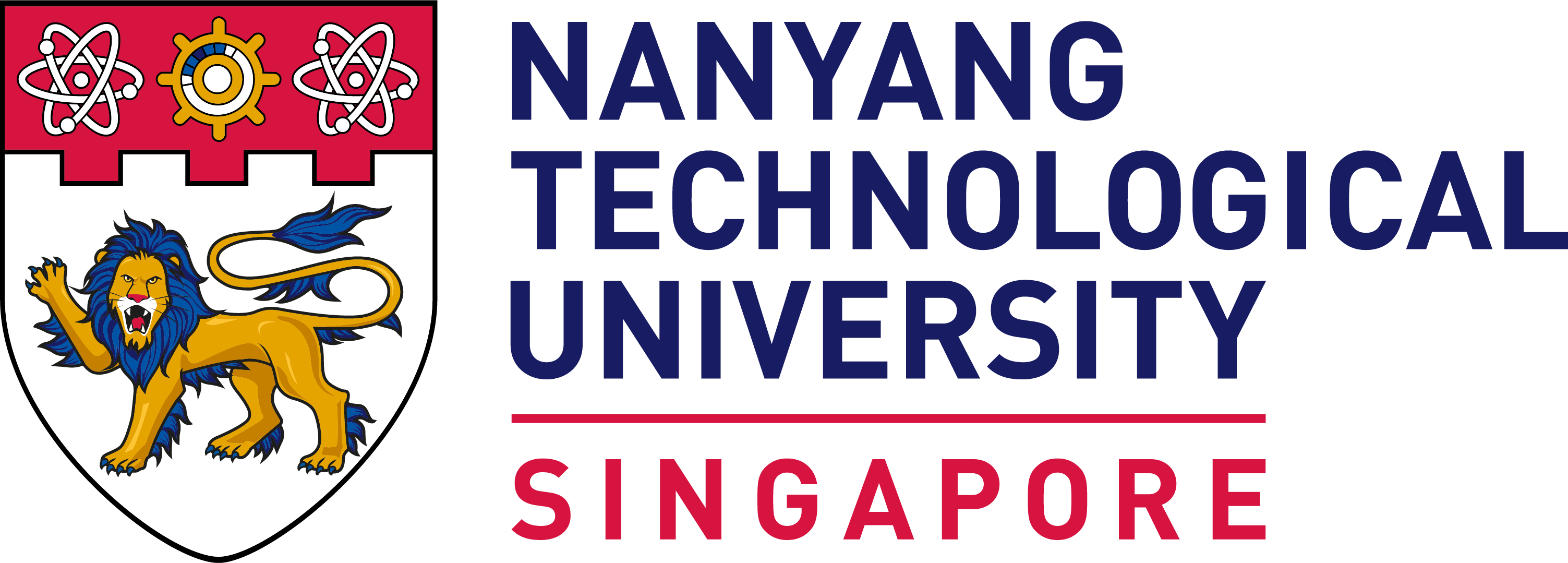Lim En Qi (National Institute of Education )
Keywords
Geography
Junior College
Secondary School
Geographical Inquiry
Fieldwork
Cognitive Thinking
Abstract
In Singapore, there has been a shift in education towards more inquiry-based learning to equip students with skills for the future. Geographical Investigations (GI) have been introduced as a form of geographical inquiry where students participate actively in knowledge construction through fieldwork. Fieldwork deepens students’ understanding of content and aids in students’ affective, social, and cognitive development. However, there is limited local research on the value of Geography fieldwork in influencing students’ cognitive thinking. This paper, therefore, examines the role of GI in developing Secondary students’ cognitive thinking in Geography. Using a case-study approach, Secondary 2 students in one secondary school were interviewed before and after their GI on the topic of Transport. Data was analysed using an adapted model of Bloom’s Taxonomy. All students showed an improvement in higher-order cognitive skills after GI, specifically in the development of higher-order cognitive thinking skills and deeper thinking at particular cognitive levels.
Introduction
Fieldwork is an essential part of Geography. Defined as supervised learning that encourages first-hand experiences outside the classroom (Lonergan & Anderson, 1988), fieldwork can be categorized into various types depending on the degree of teacher and student involvement: This ranges from traditional teacher-led field trips to more student-centred inquiry-based field projects and self-discovery (Kent, Gilbertson & Hunt, 1997). Among these, student-centred activities and inquiry-driven fieldwork have been recognised as most effective in facilitating deep learning where students play a more active role in making sense of knowledge (Kent et al., 1997; Oost, De Vries & Van der Schee, 2011). Recently, there has been an increased emphasis on inquiry-based learning for education in Singapore. The Ministry of Education (MOE) has highlighted geographical inquiry as the recommended pedagogical approach for Geography education (Curriculum Planning and Development Division [CPDD], 2014). In line with this change, Geographical Investigations (GI) was introduced to develop students’ 21st Century Competencies, cultivating them to become confident, self-directed learners through inquiry-driven fieldwork (CPDD, 2014).
Fieldwork provides students with an avenue to better understand subject content by bridging the gaps between theoretical ideas learnt in class with real-life experiences (Chew, 2008; Das, 2014). It aids in students’ affective (Boyle et al., 2007), personal and social development which concomitantly supports cognitive development (Foskett, 1999; Oost et al., 2011). Nevertheless, most studies adopt a generic stance to analysing fieldwork, neglecting how the nature of fieldwork influences students’ learning and development. Empirical studies on how fieldwork contributes to cognitive development are still limited with regard to Geography, and even more so for school Geography in Singapore.
Considering the shift towards more inquiry-based learning and how fieldwork is a defining feature of Geography, there is a need to contemplate how active, inquiry-driven fieldwork develops students’ thinking. Thus, this study examines the role of GI in developing secondary students’ cognitive abilities. More specifically, it focuses on the effects of a Transport GI on Secondary 2 students’ thinking. It aims to compare students’ cognitive abilities before and after undergoing a Transport GI.
